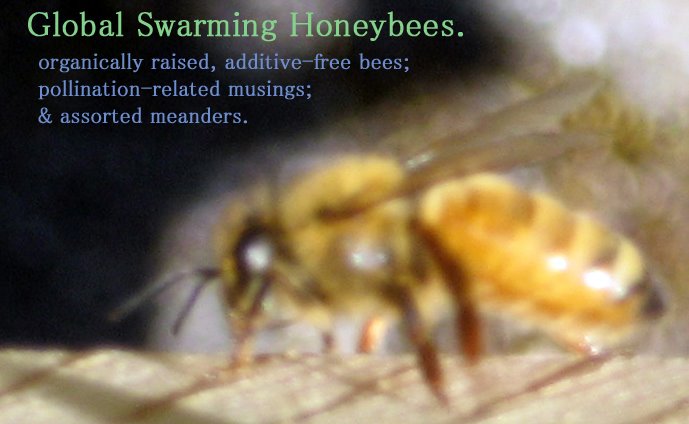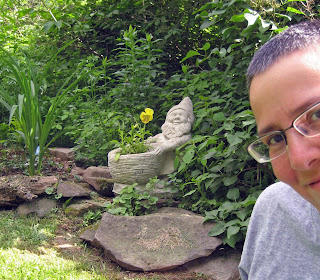The weather is finally turning cold (or cold-ish) and hard frost has come, weeks past its due date, zapping the remaining color from the fields. Pink milkweed blossoms are just a memory now, blown to the wind on silken white horsetails that spring from cracked brown pods. Incandescent goldenrod blossoms have gone to cloud-like seed. Jewelweed, burdock, and all the other flowers the bees worked so diligently all summer have died back or become, truly, ghosts of their former selves.
Thankfully, the borage in the herb bed continues to provide a bit of sustenance, and with daytime temperatures continuing to provide days warm enough for the honeybees to venture out, the borage blossoms are where it’s at, bee-wise. What a gift to see and hear the honeybees work in these last days of October. What a strange and haunting gift.
This weekend, our answer to the sadness of autumn was to plant spring bulbs. Wren and I got 100 Siberian squill bulbs and 200 crocus bulbs in the ground after hours of digging around in the cold mud. Both bloom in early spring, and should provide a welcomed pollen source for the bees once the weather is warm enough for them to start flying and before an abundance of other pollen sources have become available.
I remember the indescribable thrill, last spring, of watching our newly hived honeybees feverishly working the measly bed of ten or twelve crocuses in front of the house. I am hopeful that at least one or two of our three colonies will survive the winter, if winter ever comes. And I’m eager to visit with the bees next spring and see them making use of the squill and other gifts of garden and field.
Planting these bulbs, for me, is a leap of faith: that spring will come again, that our bees will live to see it, and that we’ll have the time and presence of mind to immerse ourselves fully in the mesmerizing wonder of it all.
10.29.2007
Bulbs, Bees, and Muddy Acts of Faith
Subscribe to:
Post Comments (Atom)






No comments:
Post a Comment